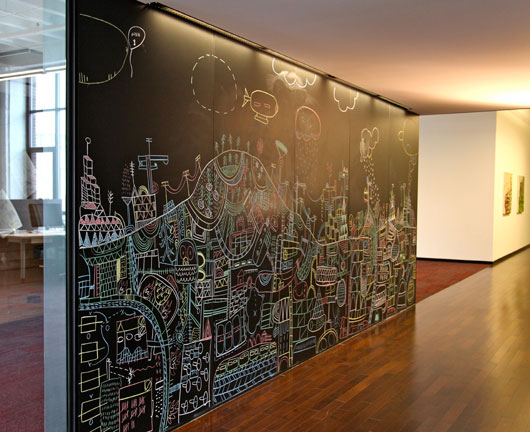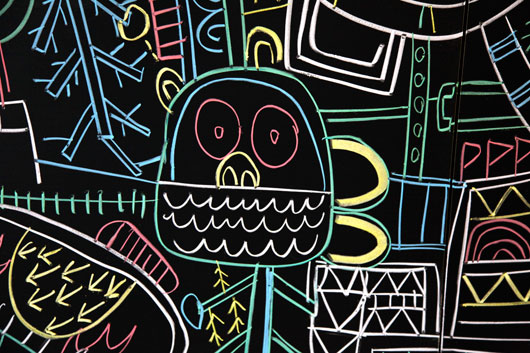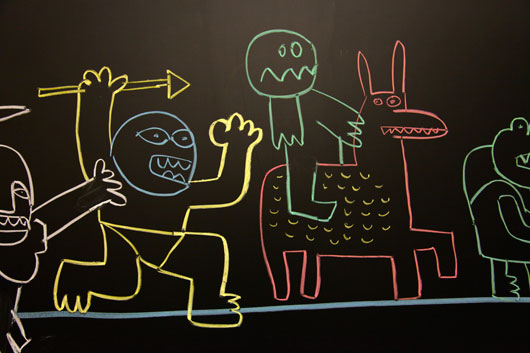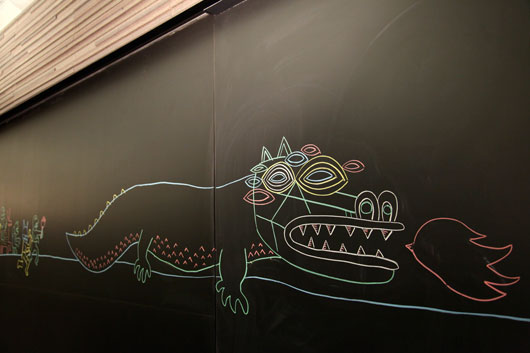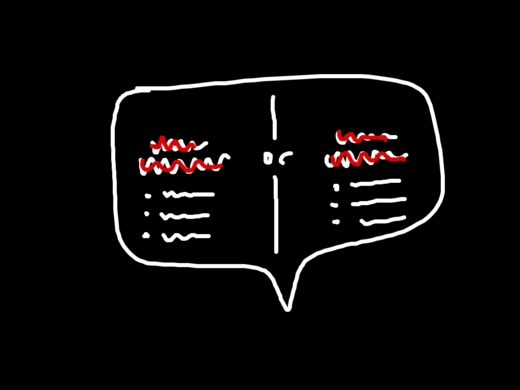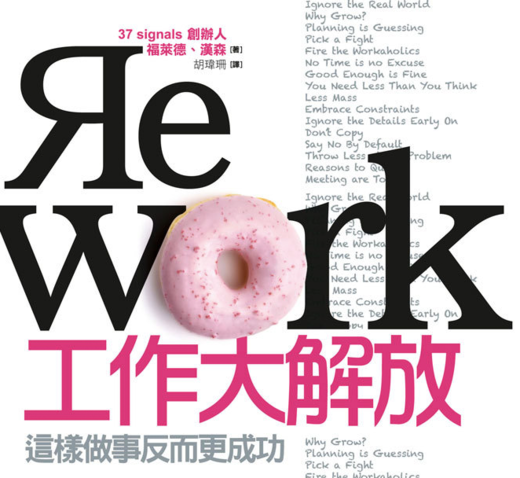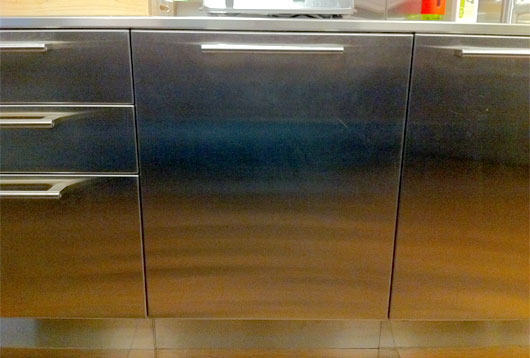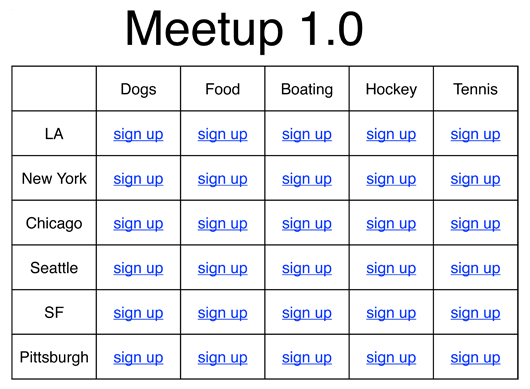Today we launch Basecamp Classic Mobile for phones and devices with WebKit browsers. This includes the iPhone 3GS, iPhone 4, iPad, Motorola Droid X, Motorola Droid 2, Samsung Galaxy S, HTC Incredible, HTC Evo, Palm Pre 2, BlackBerry Torch, or any other device running iOS 4+, Android 2.1+, webOS 2, or BlackBerry 6.
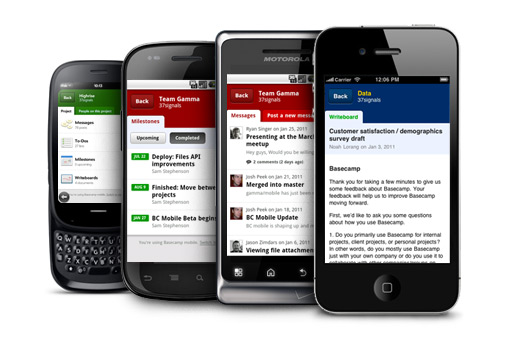
Basecamp Classic Mobile is not an native app, it’s a web app. All you have to do is visit http://basecamphq.com on your mobile phone. No apps and nothing to install – it just works.
A mobile version of Basecamp Classic has been a top customer request for some time now. We’re thrilled to finally be able to deliver. We put a ton of work into it. We hope you love it as much as we do.
Why a web app and not a native app?
Back in July we put up a job ad for an iOS developer. We had decided to dive into native apps for the iPhone. We contracted out the back-end development of our iPhone app for Highrise. The project went well, but we felt like we had to have someone in-house to continue the development of the Highrise app and future apps we wanted to build.
And then Android really began to make a run. Android market share increased and more and more customers were asking for Android apps for our web apps. So we stopped and thought about it for a bit. Do we want to have to hire an iOS developer and an Android developer? That’s a lot of specialization, and we’re usually anti-specialization when it comes to development.
Eventually we came to the conclusion that we should stick with what we’re good at: web apps. We know the technologies well, we have a great development environment and workflow, we can control the release cycle, and everyone at 37signals can do the work. It’s what we already do, just on a smaller screen. We all loved our smaller screens so we were eager to dive in. Plus, since WebKit-based browsers were making their way to the webOS and Blackberry platforms too, our single web-app would eventually run on just about every popular smartphone platform.
Comfortable and confident in our decision, we set out to build the best possible mobile web app for our Basecamp Classic customers.
This is version 1.0
A big part of this initial release was nailing the basics that mattered the most. We had to make a bunch of hard calls about what was important enough to make version 1. That meant leaving some things out and not bringing full functionality to other things. For example, you can view Milestones but you can’t add new ones. But you can view, add, change, and assign to-dos. We plan on rounding out the functionality as time goes on.
More to share soon
We have a lot of material and lessons to share regarding the design and development of Basecamp Classic Mobile. Technical decisions, design decisions, explorations, stuff on the cutting room floor. Lots to share. Stay tuned.
Credit
Basecamp Classic Mobile is here today because of the hard work and extraordinary creativity of Jason Zimdars, Sam Stephenson, and Josh Peek. These guys worked their asses off on this project. They made it happen. We couldn’t be happier with the results.
Thanks to our customers
To all our customers: Thanks for being patient while we developed Basecamp Classic Mobile. It took a while, but we wanted to get it right. We now have a completely modern, fantastic foundation upon which we can continue to make the mobile experience better and better. Plus, we’ll be able to reuse some of the new technology in the desktop versions of our web apps. We’re already working on something big right now that’s only possible because of our work on mobile.
We leave you with a fun little video starring some of the hands of 37signals:
Music by Sudara. Listen to more from him and other independent artists
in Issue #02 of Ramen Music, the online music magazine he curates.

